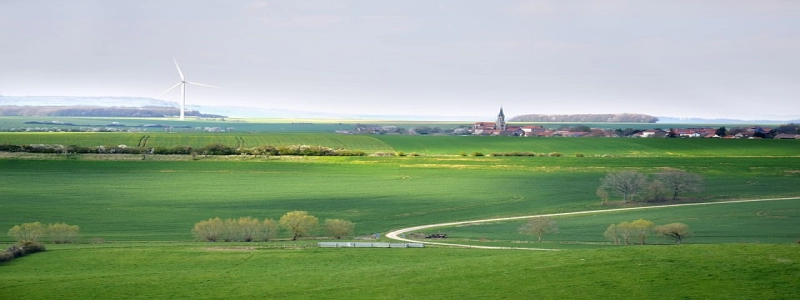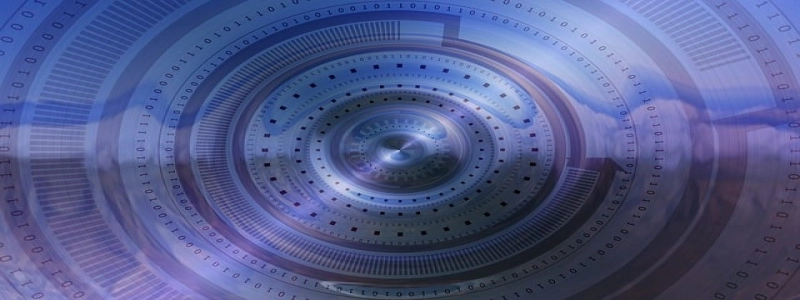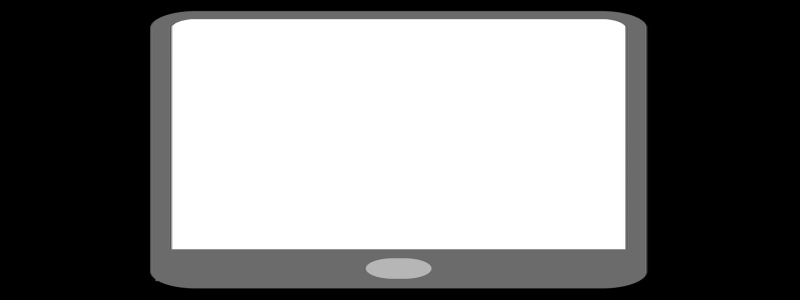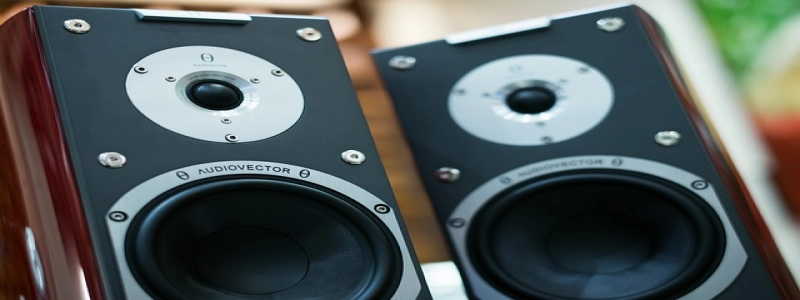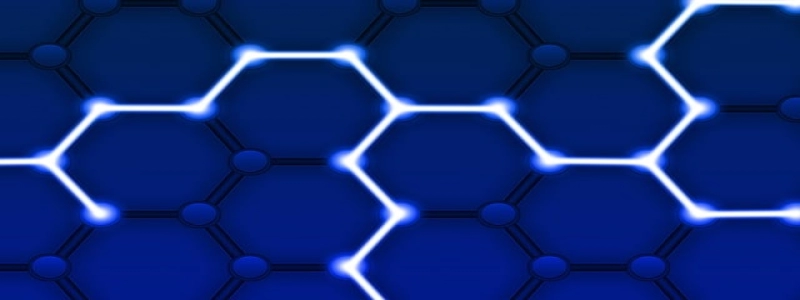Aerial Fiber Optic Cable Hardware
Introducere:
Aerial fiber optic cable hardware plays a vital role in the efficient and effective transmission of data and communications across long distances. It is essential to understand the different components and their functions to ensure the smooth functioning of aerial fiber optic cable systems.
eu. Aerial Fiber Optic Cable:
1.1. Types of Aerial Fiber Optic Cable:
– Loose Tube Cable: This type of cable consists of multiple fiber optic strands enclosed in a protective loose tube. It offers robust protection against environmental factors such as moisture, temperature variations, and UV radiation.
– Ribbon Cable: Ribbon cables contain multiple fibers arranged in a flat ribbon-like structure. They are compact and provide high fiber count, making them suitable for high-capacity data transmission.
1.2. Construction of Aerial Fiber Optic Cable:
– Central Strength Member: A central strength member provides mechanical support and protects the fibers against tensile forces during installation and maintenance.
– Buffer Tubes: Buffer tubes protect individual fiber strands from external damage and provide additional protection during the cable’s lifespan.
– Waterblocking Material: This material prevents water ingress into the cable, ensuring reliable performance even in wet environments.
– Outer Sheath: The outer sheath serves as the primary protective layer for the entire cable assembly, guarding against abrasion, impact, and environmental factors.
II. Aerial Fiber Optic Cable Hardware Components:
2.1. Suspension Hardware:
– Messenger Wire: Messenger wires provide support and tension to the aerial fiber optic cable, preventing it from sagging and ensuring proper alignment.
– Pole Line Hardware: Pole line hardware includes brackets, clamps, and fittings that aid in securing the aerial cable to utility poles or other supporting structures.
2.2. Fiber Optic Cable Support Hardware:
– Cable Support Grips: Cable support grips provide strain relief by distributing the weight of the cable evenly along its length. They are designed to withstand environmental stressors and maintain a secure grip on the cable.
– Strandvise Grips: Strandvise grips are used to terminate the cable to a supporting strand or messenger wire. They offer a secure grip and alleviate strain on the cable.
2.3. Splice Closures:
– Dome Closure: Dome closures are used to protect and manage fiber optic cable splices. They provide a robust and weather-resistant enclosure, preventing any damage or signal loss due to environmental factors.
– Inline Closure: Inline closures are compact enclosures that protect and manage fiber optic cable splices in a straight-line configuration. They are lightweight and easy to install.
III. Installation and Maintenance:
3.1. Installation Guidelines:
– Ensure proper tensioning and alignment of the aerial fiber optic cable to prevent signal loss and cable damage.
– Follow manufacturer specifications for installation hardware, such as grip sizes and torque values.
– Use appropriate tools and equipment to handle and install aerial fiber optic cable hardware safely.
– Adhere to safety guidelines when working at heights or near power lines.
3.2. Maintenance Procedures:
– Regularly inspect aerial fiber optic cable hardware for any signs of wear, corrosion, or damage.
– Clean and lubricate hardware components as recommended to maintain optimal performance.
– Perform periodic tests to check signal quality and detect any potential issues.
– Replace any damaged or faulty hardware components promptly to avoid interruptions in data transmission.
Concluzie:
Aerial fiber optic cable hardware is a crucial component of a reliable and efficient communication network. Understanding the various types of aerial fiber optic cable, hardware components, and their installation and maintenance procedures ensures seamless data transmission and uninterrupted connectivity. Proper implementation and upkeep of aerial fiber optic cable hardware enhance overall network performance and reliability.
